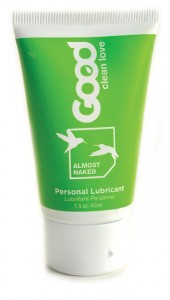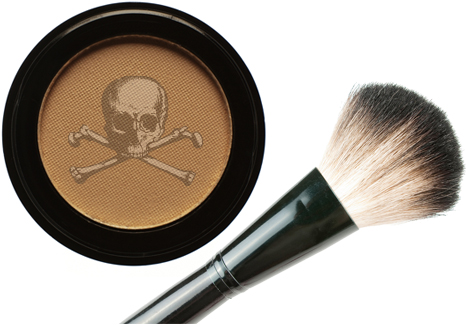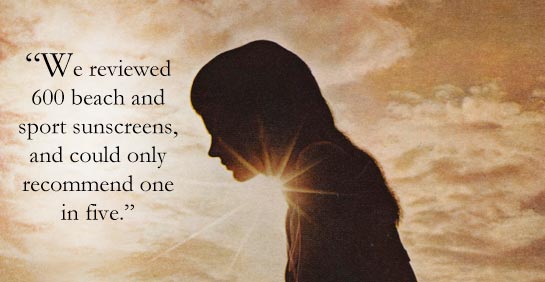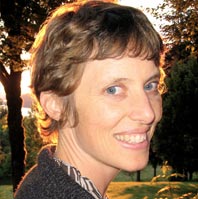Why you’ll want to sample Wendy’s lubes!
Many lubes on the market are not safe for you, but FOF SEXpert Wendy Strgar found a solution. Her company, Good Clean Love, makes “Almost Naked” lubricant that is organic… and sensational. Send your name and address to shelley@faboverfifty.com to receive a travel-sized tube of lube (1.5oz). You won’t regret it.
The first 50 entrants will win! Everyone else– why not a discount? Enter code FAB50 at checkout and you’ll receive 50% off any full-sized (4oz) organic lubricant. Visit Good Clean Love’s shop to redeem your discount today (until 8/15/13)!
Wendy Strgar is a woman on a mission: To tell the women of America a thing or two about the safety of the lubricants that we (and our daughters) are using, not in our cars, but in our bedrooms. We met Wendy when we launched the FOF SEXcellent section since her company, Good Clean Love, produces products for good, clean loving. Whole Foods wouldn’t be selling Wendy’s lubes unless they were as natural as Wendy says they are.
by Wendy Strgar
 I have been working in the field of personal lubricants for over a decade. It became an occupation when I desperately needed a solution to the burning, itching reactions I experienced when using petrochemical-based products, which continue to be used widely and dominate the intimacy market. Over the years, I have worked to produce lubricants as clean, natural and healing as possible and was graced to find a formulator who used his deep knowledge of ingredients to create natural and organic products without petrochemicals.
I have been working in the field of personal lubricants for over a decade. It became an occupation when I desperately needed a solution to the burning, itching reactions I experienced when using petrochemical-based products, which continue to be used widely and dominate the intimacy market. Over the years, I have worked to produce lubricants as clean, natural and healing as possible and was graced to find a formulator who used his deep knowledge of ingredients to create natural and organic products without petrochemicals.
Since beginning my work, I’ve advocated for cleaning up the $219 million lubricant industry, long dominated by a handful of multinational companies whose products are filled with the same petrochemical ingredients also found in oven cleaners and brake fluid. I have long believed that these ingredients were common irritants in the sexual lives of millions of women. I attributed the most common complaints of itching and burning to allergic responses.
(more…)





 “Many of us are sensitive to environmental toxins, which could be any number of things, including the pthalates in perfume, the PCBs in plastic water bottles or the pesticides in food. All of these get in the body and short-circuit your mitochondria–the energy centers of your cells. Your body literally can’t create as much energy. I recommend buying organic food as much as possible and really paying attention to what’s in your products.” [FOF Editor’s note: We like
“Many of us are sensitive to environmental toxins, which could be any number of things, including the pthalates in perfume, the PCBs in plastic water bottles or the pesticides in food. All of these get in the body and short-circuit your mitochondria–the energy centers of your cells. Your body literally can’t create as much energy. I recommend buying organic food as much as possible and really paying attention to what’s in your products.” [FOF Editor’s note: We like  “We are bombarded with electronic magnetic energy all day–from our cellphones, computer screens and other electronic gadgets. There is a book I like called
“We are bombarded with electronic magnetic energy all day–from our cellphones, computer screens and other electronic gadgets. There is a book I like called 
 e don’t realize that the FDA hasn’t issued any new sunscreen safety regulations for more than 30 years,” says Nneka Leiba, a research analyst who worked on
e don’t realize that the FDA hasn’t issued any new sunscreen safety regulations for more than 30 years,” says Nneka Leiba, a research analyst who worked on 


